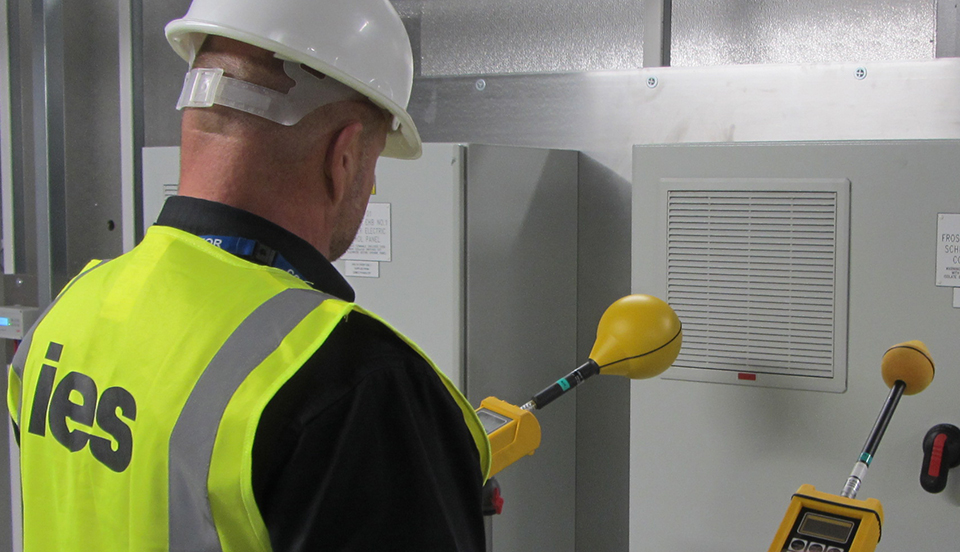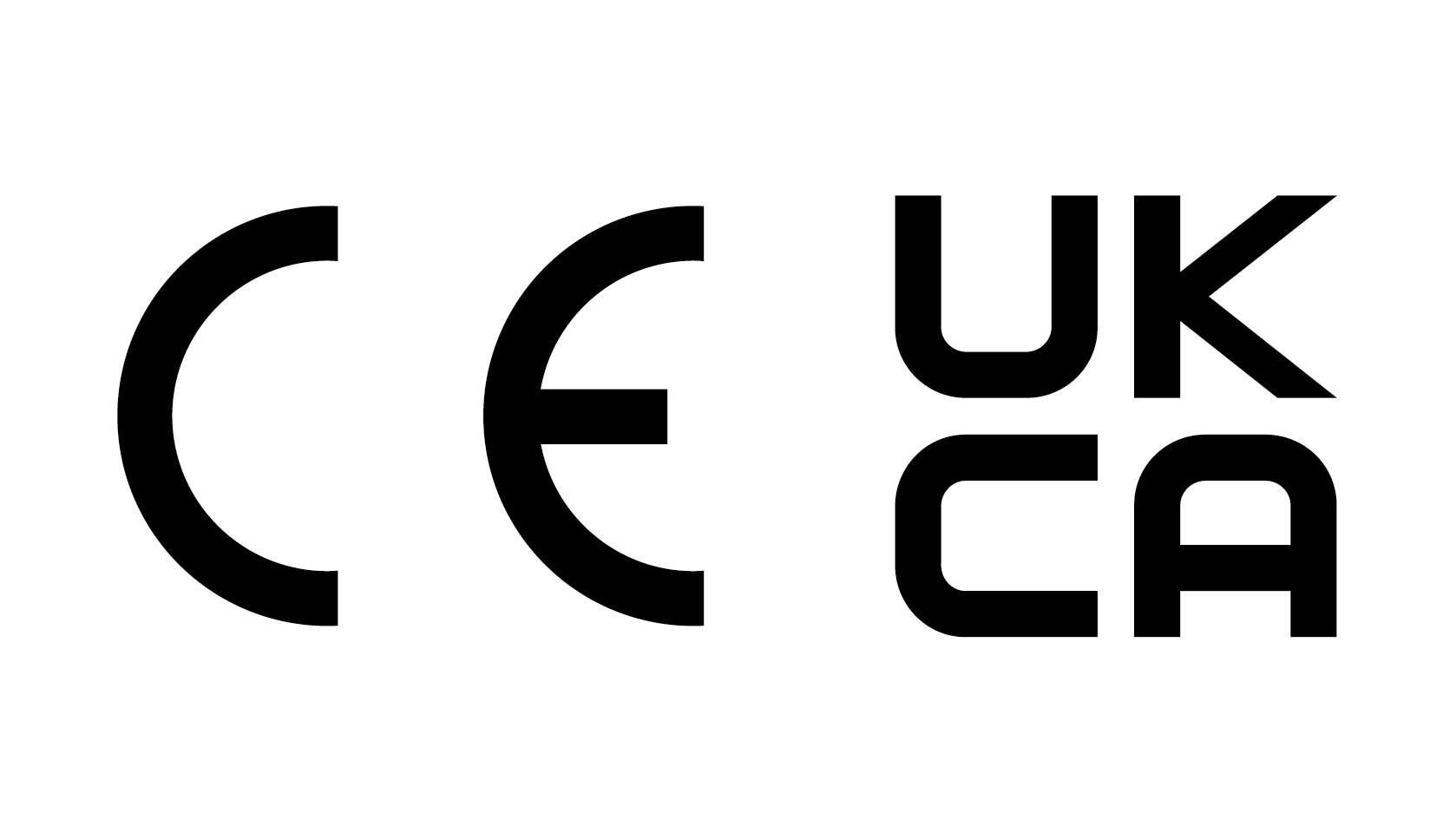How to Achieve UKCA Compliance in 5 Steps
Are you a manufacturer looking to supply a product, equipment or piece of machinery to markets in Great Britain (England, Wales and Scotland)?
We're actively recruiting for a range of roles across sales, engineering, IT and warehouse. Check our careers page to see open positions including apprenticeships.

Whether you’re moving a single piece of equipment or an entire production line, our trusted team of engineers can support every step of your move, from rigging to end-to-end relocation support across the globe.

Table of Contents
Before you can sell or supply certain products in Great Britain, you must certify that they comply with UKCA marking regulations.
Here’s everything you need to know about UKCA marking and how to achieve compliance with it.
UK Conformity Assessed (UKCA) is the required certification for products, equipment and machinery supplied to GB markets (England, Wales, and Scotland).
It became operational in January 2021.
UKCA marking covers a range of product areas, including:
A few additional products categories are covered by UKCA, but have special rules in place. We recommend consulting the GOV.UK website here for sector-specific guidance.
These include:
UKCA was originally intended to replace the use of the Conformité Européene (CE) mark entirely. However, Government legislation says that you may continue to use the CE mark in GB markets indefinitely and without penalty for 21 product categories.
These include the 18 regulations that fall under the Department for Business and Trade (DBT), as well as a further three regulations that cover ecodesign, civil explosives and hazardous substances in electrical equipment.
However, this does not apply to regulations for:
We advise checking the sector-specific set of regulations that apply to your product.
Want to learn more? Download our free UKCA and CE Marking Guide here.
No, UKCA marking is not applicable to the European Economic Area (EEA) market.
Conformité Européene (CE) marking is the European Union’s required certification for products supplied to the (EEA. You will need to use CE marking if you’re supplying products to EEA markets.
If you’re supplying products to both GB and EEA markets, you’ll need to use both UKCA and CE marking.
No, UKCA marking is not applicable to the Northern Ireland (NI) market.
Northern Ireland remains aligned with the EU single market. That means you’ll need to use CE marking.
You may need to apply a UKNI mark alongside the CE mark if you’re using a UK body to carry out the mandatory third-party conformity assessment. You should never use the UKNI mark on its own.
The UK introduced designated standards to replace the EU’s harmonised standards.
However, the technical requirements you need to follow for UKCA marking depend on the specific legislations for your product, equipment or machinery.
Find out more via the GOV.UK site here.
At IES, we can support with testing for the following requirements:
The UKCA mark must only be used to show conformity with relevant legislation in GB and, once attached, represents your acceptance of full responsibility for a product’s conformity with requirements in relevant legislation.
As such, you can’t use the mark on products, equipment or machinery if there is no specific legal requirement, and only the manufacturer or an authorised representative may place the mark.
You shouldn’t use any markings, signs or inscriptions on a product that could misrepresent the meaning of the UKCA marking, and the marking needs to be clearly visible, legible and indelible (meaning it can’t be removed once added).
In the majority of cases, you should apply the UKCA mark directly onto a product or its packaging.
In some cases (for example, if the product is too small) you may affix the UKCA marking to the data plate, packaging, a label affixed to the product or accompanying documentation.
See our UKCA and CE Marking Guide for more detailed information on how to obtain the UKCA mark.
Yes, your product, equipment or machinery may use more than one marking. For example, it may display both the UKCA and the CE marking, where required.
However, it should serve a separate purpose from the UKCA marking, must not create confusion with the UKCA, and must not make the UKCA marking harder to see or read.
When using the UKCA image for your UKCA mark, the following rules apply:
![]()
For UKCA certification, you’ll need to draw up and keep a technical file or document that demonstrates your product, equipment or machinery complies with GB regulatory compliance requirements.
This should include information such as how the product is designed and manufactured, how it’s been shown to conform to relevant requirements, and finally, a UK Declaration of Conformity.
It’s your responsibility, as the manufacturer, to ensure that all documentation is prepared in or has been translated into English.
For most products, machines and pieces of equipment that use a UKCA mark, you’ll need an accompanying UK Declaration of Conformity before you place them on the GB market.
This document serves as a formal declaration that you’ve met all applicable requirements and safety directives. It should be available to market surveillance or enforcement authorities, on request.
A Declaration of Conformity can either be drawn up by the manufacturer or an authorised representative, such as a UK-approved body, when permitted.
It should include:
Yes. Even if each individual machine already has an existing CE or UKCA mark, you still need to apply UKCA marking, issue a declaration of conformity and produce a technical file for the assembly line as a whole.
In this case, your technical file needs to only contain the design details and drawings of control systems or parts you’ve supplied or modified and the Declarations of Conformity/Incorporation for each item in the assembly line.
In the majority of cases, no.
However, you will need to carry out a full conformity assessment and get a new UKCA mark if the modification either:
We should also note that even if you aren’t required to get a new UKCA conformity mark, you still need to make sure the equipment is safe to use and meets PUWER requirements.
Safety components need to be UKCA marked and meet the requirements of the conformity assessment, according to the Supply of Machinery (Safety) Regulations.
If replacement guards are supplied independently to customers (including manufacturers using them in their own products), then they’re classed as safety components and come under the same regulations.
The exceptions to this are:
Looking to get UKCA certified but just don’t know where to start?
Our start-to-finish UKCA marking service covers every step of the compliance process. From assessing and testing high-technology equipment against Electrical Equipment Safety Regulations, Machinery Safety Regulations, and Electromagnetic Compatibility Regulations to providing a Declaration of Conformity.
See our website here to learn more about our UKCA Marking service.
Stay up to date with the latest news and resources from our experts.

Are you a manufacturer looking to supply a product, equipment or piece of machinery to markets in Great Britain (England, Wales and Scotland)?

Product marking is crucial for retaining market access, adhering to local legal requirements and offering safety and quality assurances to customers.

Manufacturers and importers require CE marking (European Union) or UKCA marking (Great Britain) before they can supply or use certain types of...